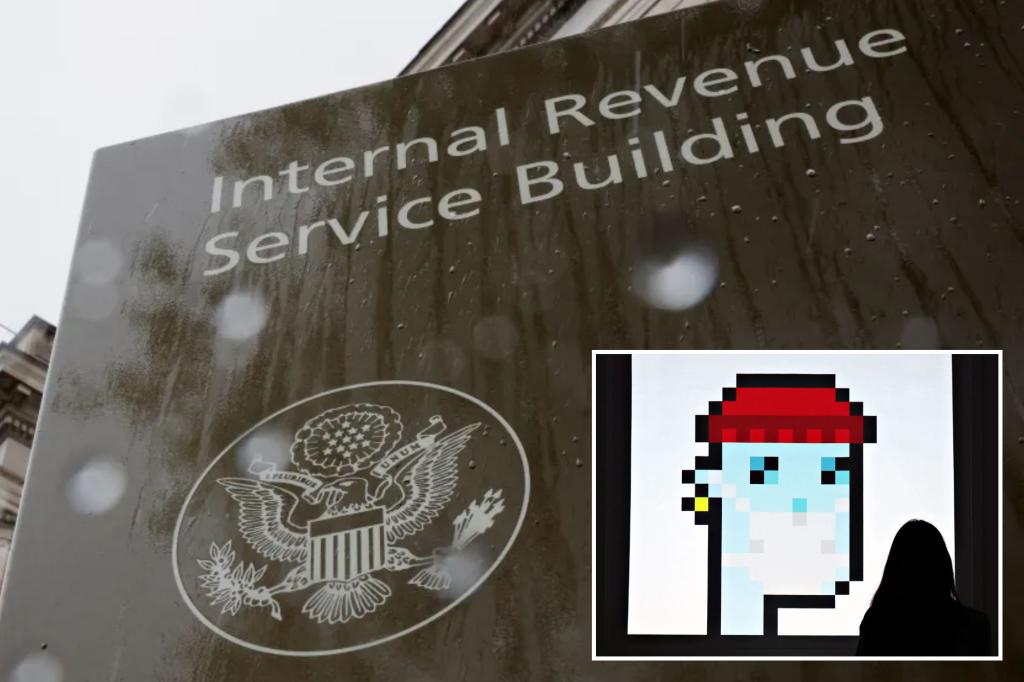Investors on Edge: The Alarming Exodus from U.S. Assets Amid Dollar and Treasury Decline
Global investors are rapidly retreating from U.S. assets as the dollar weakens and Treasury yields falter, sparking fears of a prolonged market downturn. Over the past six months, foreign holdings of U.S. government debt have dropped to a 15-year low while the dollar index (DXY) has slid 8% year-to-date. Analysts warn this trend could destabilize financial markets, force higher borrowing costs, and reshape global investment strategies for years to come.
The Unraveling of a Safe Haven
For decades, U.S. Treasuries and the dollar served as the bedrock of global finance—a reliable safe haven during economic turbulence. However, recent data from the Treasury International Capital (TIC) system reveals a stark reversal:
- Foreign investors sold $48 billion in U.S. Treasuries in Q1 2024—the sharpest quarterly outflow since 2018
- Central bank reserves held in dollars fell to 58% globally, down from 71% in 2001
- 10-year Treasury yields have swung wildly between 3.9% and 4.5% this year as demand wavers
“The psychological shift is profound,” notes Dr. Elena Rodriguez, Chief Strategist at Horizon Capital Advisors. “When both the dollar and Treasuries lose their luster simultaneously, it forces institutional investors to rewrite their playbooks. We’re seeing accelerated diversification into gold, Asian bonds, and even cryptocurrencies as alternatives.”
Why Investors Are Fleeing U.S. Markets
Three interconnected factors are driving the capital flight:
- Inflation and Interest Rate Uncertainty: Despite the Fed’s aggressive hikes, persistent inflation erodes Treasury returns. Real yields turned negative for 18 consecutive months before barely breaking positive in 2024.
- Geopolitical Shifts: BRICS nations have doubled down on de-dollarization efforts, with China and India settling 18% of bilateral trade in yuan/rupee in 2023 versus just 5% in 2020.
- Fiscal Concerns: The U.S. debt-to-GDP ratio now exceeds 120%, raising default risks. Moody’s recently warned of a possible credit rating downgrade if deficit trends continue.
Raymond Chen, a hedge fund manager specializing in sovereign debt, observes: “The math simply doesn’t work anymore. With Japan offering 1.5% yields and Europe at 3%, why accept U.S. volatility for marginally better returns? The risk-reward calculus has fundamentally changed.”
Market Dominoes Begin to Fall
The repercussions extend far beyond bond markets. As the dollar weakens:
- Import prices have jumped 6.2% annually, fueling inflation
- Multinationals report $12 billion in currency-related losses last quarter
- Emerging market dollar-denominated debt becomes harder to service
Equity markets haven’t been spared either. Foreign ownership of U.S. stocks declined to 15% of market cap—down from 22% pre-pandemic. Tech giants particularly felt the pinch, with Apple and Microsoft seeing 30% slower foreign investment growth compared to 2022.
Diverging Views on the Crisis
Not all analysts foresee doom. The Treasury Department emphasizes that U.S. assets still comprise 60% of global reserve portfolios—far exceeding alternatives. “This is a rebalancing, not an exodus,” insists Deputy Assistant Secretary Mark Reynolds. “The depth and liquidity of U.S. markets remain unmatched.”
Meanwhile, some contrarian investors spy opportunity. “When everyone zigs, you zag,” says billionaire investor Sarah Kensington. “I’m doubling down on select U.S. infrastructure bonds at these yield levels. The flight to safety will return once the current panic subsides.”
What Comes Next for Global Finance?
Potential scenarios emerging from this shift include:
- Accelerated Alternative Systems: Expect expanded use of digital yuan and CBDCs in trade settlements
- Yield Recalibration: The Fed may need to maintain higher rates longer to retain capital
- Commodity Volatility: Gold prices could test $2,500/oz as reserve diversification continues
For retail investors, financial advisors recommend:
- Increasing exposure to non-U.S. developed market bonds
- Considering currency-hedged international equity funds
- Maintaining 5-10% portfolio allocations to tangible assets
As the dust settles, one truth becomes clear: the era of unquestioned U.S. financial dominance is evolving into a more complex, multipolar system. Investors ignoring this transition do so at their peril. Stay informed with our daily market briefs—subscribe to receive expert analysis straight to your inbox.
See more CNBC Network



